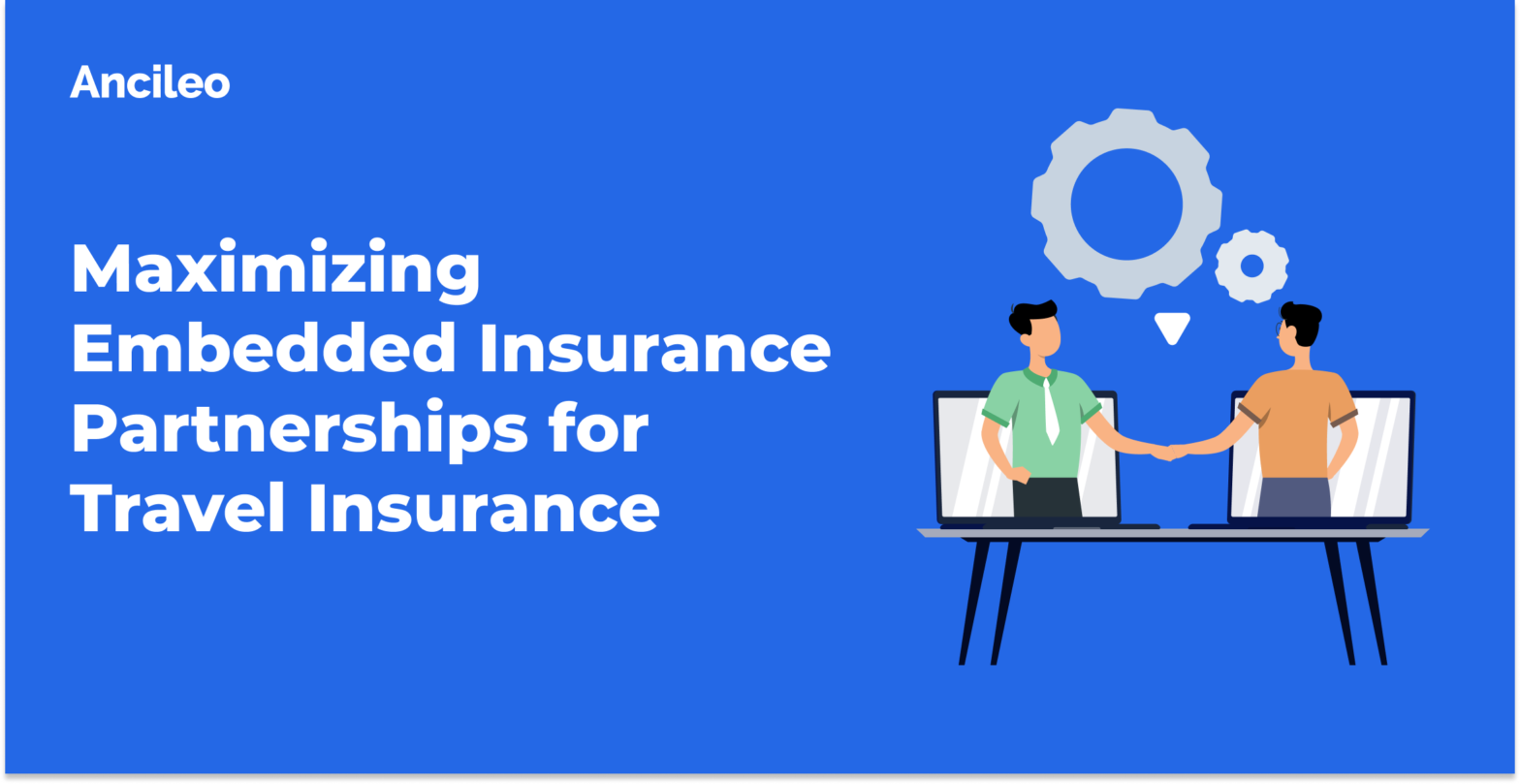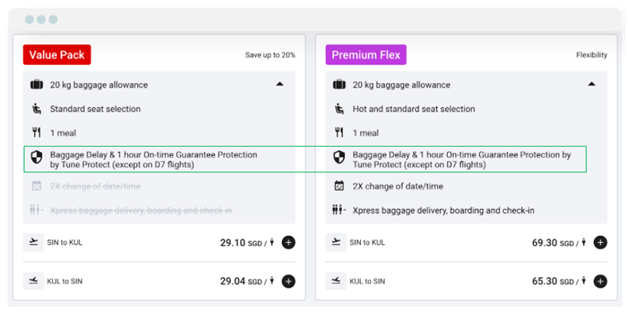
Traditionally, insurance has been regarded as a separate, and complementary or add-on purchase to a core product or experience that was already purchased. It’s been perceived as being sold “in your face.” As the industry sees a shift from siloed products to ecosystem, operating on the traditional distribution model alone via insurers, MGAs, reinsurers and channels will no longer suffice.
In this article, we will look at embedded insurance partnerships for travel insurance in the regard of key driving factors to succeed in in-path sales as well as partnership strategies for insurers and other travel players.
In one of our previous posts, we looked at the key factors driving customers to buy from travel players via in-path means (See section: How likely are Potential Customers to Purchase Insurance via In-Path Means?).
What about what travel players themselves can do to incentivise their customers to “opt-in” for insurance purchase? In this section, we group some of these trends we have discerned from real-life industry case studies:

AirAsia’s Premium Upgrade includes baggage delay and 1h on-time guarantee
Incorporate the provision of some sort of protection or insurance as one of the benefits to incentivise your customers to opt for an upgrade. When it’s already part of the package of benefits provided in an upgrade option, it can be relatively easy for you to implement, aka no additional technology needed. It’s as easy to add greater value to your existing product or service, and reinforce your brand promises to the customers.

EasyJet Official Website Flight Search Simulation
“Personalization to Individual Travel Needs” consistently shows up in our research across 12 markets to be one of the top factors incentivising in-path purchase for customers. That being said, coverages that are personalized according to consumer demographics and travel patterns can help you to optimize your embedded travel insurance offering.
Of course this isn’t just a one-time implementation. The options presented have to be relevant real-time as they are being offered on your platform, and continuous A/B tests enable you to maintain that relevance of the offerings.
Accenture Insurance – Insurance telematics: A game-changing opportunity
Telematics is one of the emerging frontiers as we talk about digitalization in the insurance industry. Across automotive, health and travel insurance products especially, a scalable, modular, end-to-end telematics solution can help to cut cost, improve risk selection, and increase client loyalty.
Aside from risk management, an app that integrates both the telematics platform and insurer portal can help users to streamline the claims management process. As the solution provider, the analytical insights enable you to refine your product design, and make them more relevant for the users.
READ MORE: Ancileo Blog – 2021 Best UI/UX Practices for Embedded Travel Insurance
We want to look at partnerships beyond the insurance purchase, as what Gabi Kool, Chief Commercial Officer of leading e-commerce platform for loyalty programmes, Loylogic, calls “a “deeper partnership strategy to engage with customers on an ongoing basis.”
Keep in mind that the customer’s needs are diverse and the insurer tends to be involved in multiple portfolios beyond the travel insurance product. For travel players, the potential to raise the value of your offering is limitless and there is no rule in the book that you have to stick within your field. For example: For airlines, you can increase the utility of airline miles by signing up more partners, whether they are airline or non-airline, to make your miles more valuable in the customers’ mind and to grow your loyalty ecosystem.
Secondly, many of the partnerships tend to revolve around technology. New tech providers enter the industry all the time, and keeping up with the market enables you to be at the front of the line when it comes to leveraging the potential of emerging innovations for your business.
Lastly, it is about making the effort to hold onto that thread, aka having conversation on an ongoing, regular basis, with your partnering businesses. This is such that there is an avenue for both of you to align this partnership to streamline the experience for end users.